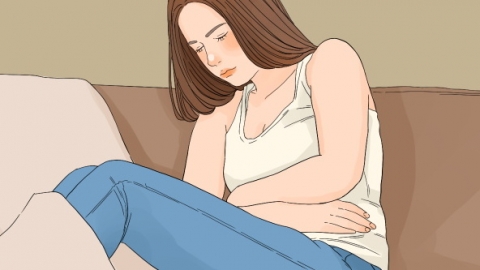What are the physiological symptoms during a woman's ovulation period?
Generally, females may experience various noticeable physiological reactions during ovulation, which are mostly related to changes in hormone levels. Common symptoms include alterations in vaginal discharge, increased basal body temperature, mild abdominal discomfort, breast tenderness, and fluctuations in sexual desire. Detailed explanations are as follows:

1. Changes in vaginal discharge: After entering the ovulation period, vaginal discharge undergoes significant changes. The previously scant and thick discharge gradually increases in volume, becoming transparent, thinner, and resembling egg white in texture with a stretchy, stringy consistency. This condition typically lasts for 2–3 days.
2. Increased basal body temperature: Following ovulation, a female's basal body temperature rises slightly, usually by 0.3–0.5°C, and remains elevated until the start of the next menstrual period. If pregnancy does not occur, the basal body temperature returns to normal after the menstrual period begins; if pregnancy occurs successfully, the basal body temperature continues to remain at a higher level.
3. Mild abdominal discomfort: Some females may feel a slight heaviness or dull pain in the lower abdomen during ovulation, with the pain typically localized on one side. This discomfort is usually mild and resolves spontaneously within 1–2 days.
4. Breast tenderness: Around the time of ovulation, some females may experience mild breast tenderness, which may become more noticeable upon touch or pressure. This is caused by fluctuations in estrogen and progesterone levels in the body, which stimulate breast tissue congestion and edema, leading to breast tenderness.
5. Fluctuations in sexual desire: Influenced by hormonal changes, most females experience an increase in sexual desire during ovulation. This is a natural physiological response of the body aimed at increasing the probability of conception, which helps enhance the frequency of sexual intercourse and improve the chances of pregnancy.
Females can more accurately determine their ovulation period by observing these physiological changes. During ovulation, it is important to maintain good hygiene of the external genital area, change underwear frequently, avoid excessive fatigue, and maintain a regular lifestyle to adapt to the body's physiological changes.




